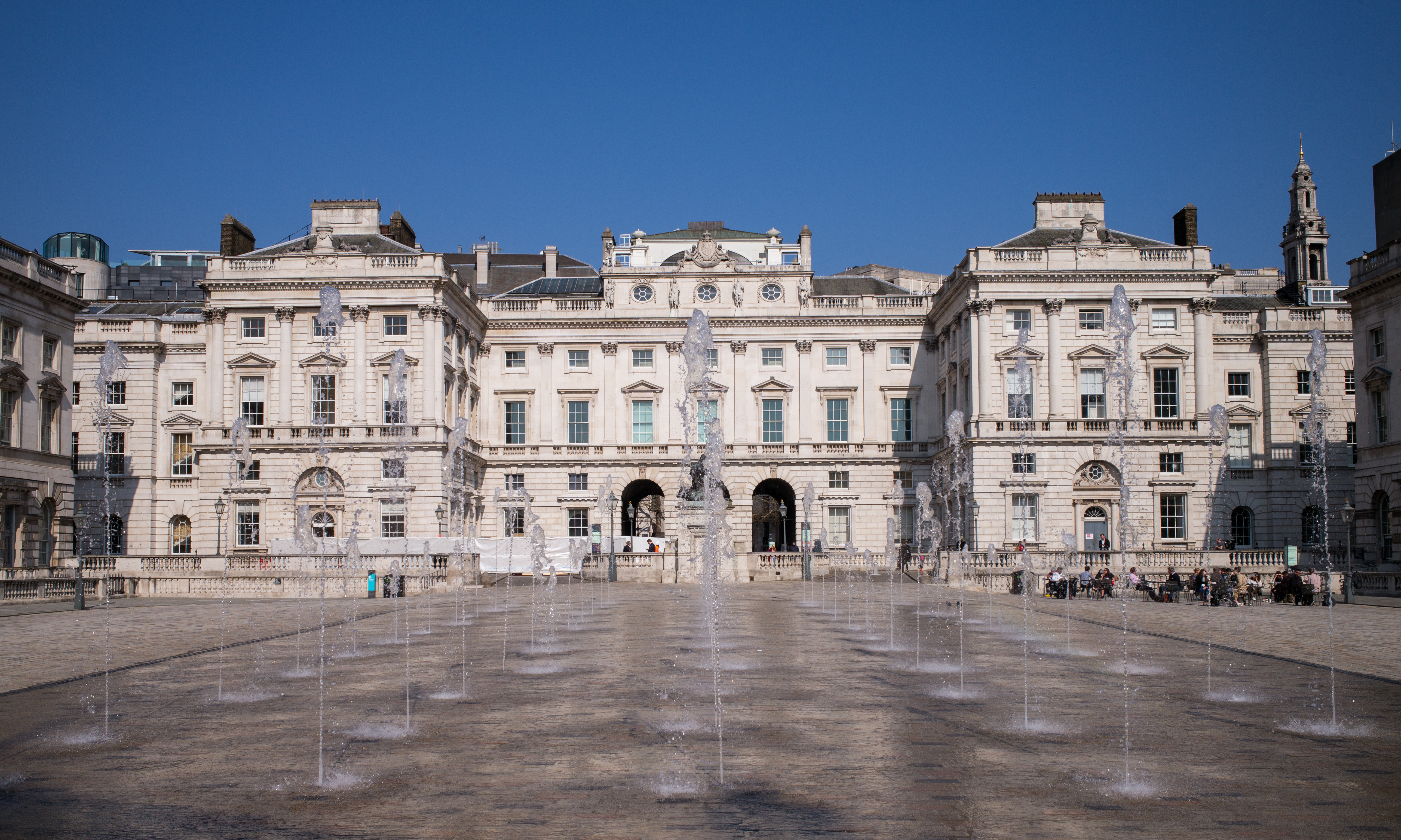- Home
- Local History
- William Farr’s Contribution to a Healthier London
William Farr's contribution to a healthier London
Written by Pam Preedy.
William Far, 1807-1883, became one of Britain’s greatest statisticians, born in the hamlet of Kenley in Shropshire, son of John Farr, a farm labourer. His father moved to Dorrington near Shrewsbury soon after he was born. Effectively adopted at the age of two by Joseph Pryce, an elderly bachelor of private means, he went to the local Dame school, but never received a public school education. His classical and mathematical learning was acquired mainly form reading and private study. In 1826, aged 19, he took a job as a dresser (surgeon’s assistant) in the Salop Informary in Shrewsbury to an apothecary.
In November 1828, Pryce died and left Farr £500 (the equivalent to £67,000 in 2023). He studied medicine in France and Switzerland where he became interested in hygiene and statistics. In March 1832 he became a doctor; Licentiate of the Worshipful Society of Apothecaries. Married to a farmer’s daughter, he took up medical practice in Grafton Street, London in 1833. Perhaps to supplement a meagre income, he offered to give lectures on ‘hygiology’ (the science of preservation of health), both without success perhaps because his ideas were too far ahead of their time. Widowed, he married again (1842) and had eight children. In 1806 they moved to Southlands, Bickley and he travelled daily to Somerset House for work at the General Registry Office. He was to become a key player in the fight for health and hygiene.


In 1837 the General Registry Office (GRO) took responsibility for the UK Census of 1841. Farr was hired to handle data arising from the census. Then, with a recommendation from Edwin Chadwick, a public health reformer, Farr secured another post in the GRO as the first compiler of scientific abstracts (i.e. a statistician).
Chadwick and Farr aimed at improving public health, with the support of the initial Registrar General, Thomas Lister. Lister worked with Farr on the census design, to forward the programme. Farr was responsible for the collection of official medical statistics in England and Wales. His most important contribution was to set up a system for routinely recording the causes of death.
For the first time it allowed the mortality rates of different occupations to be compared.
Health in the nineteenth century was precarious. The poor lived in squalor, vulnerable to a variety of deadly diseases including smallpox and cholera, both of which were killers. Dr Jenner demonstrated in 1796, how a vaccination could protect people from the disease. Between 1837 when a smallpox epidemic broke out in London and 1853 it became compulsory for all children under four months old to receive the vaccination.

(c.1920, C.E. Turner & William Rice)
However, there was worse in store; cholera. It was thought that the disease was transmitted on polluted air, ‘miasma’. A major outbreak of cholera in London in 1849 killed around 15,000 people. Early industrialisation had made London the most populous city in the world at the time, and the River Thames was heavily polluted with untreated sewage.
Doctor John Snow suspected that polluted water rather than air was the source of the problem. using data from the GRO he tracked the cholera casualties in the Broad Street area to the pump. He removed the handle and the casualties decreased.
The final proof that cholera was water-bourne came in the scorching summer of 1858. AS heat increased and centuries of waste in the Thames began to ferment, the stench got worse and nothing could mask it. Finally, politicians had to take action and accepted a new sewage system.
Joseph Bazalgette, Chief Engineer of the Metropolitan Board of Works, constructed a series of interconnecting sewers taking the sewage out to the sea on the tide. The Embankment was built above these hugu sewers in London.
Chadwick and Farr, together with Dr Snow and Bazalgette, wanted to improve public health. They believed that improved drainage and provision of sewers, the removal of all refuse, the provision of clean drinking water and the appointment of a medical officer for each town would do this and ultimately it did.
Originally published in Life in Bromley magazine (Issue 24, February 2024)
